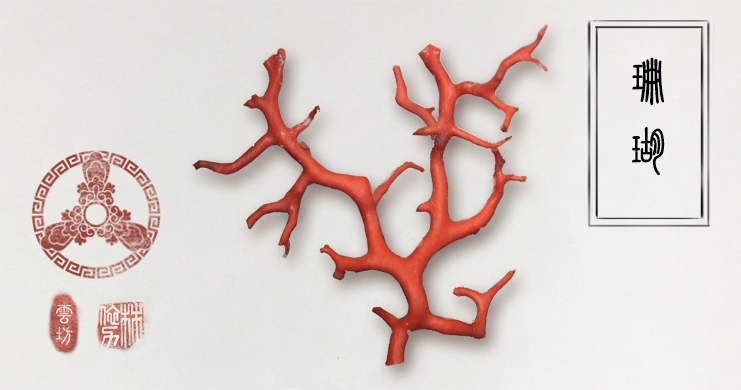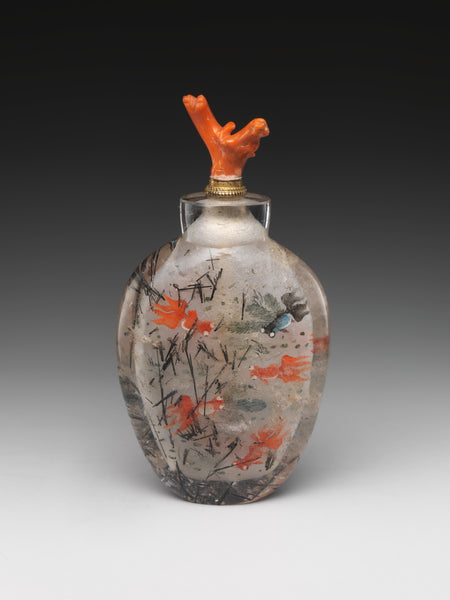Your Cart is Empty
- Fine
- Type
- Collections
- Gemstones
- Birthstone
- Style
- Price
We are a brand born of a love for the beauty of restraint in design, the inherent grace of feminine strength, and the necessity to treat our environment and each other with love and respect.
We are a brand born of a love for the beauty of restraint in design, the inherent grace of feminine strength, and the necessity to treat our environment and each other with love and respect.
Each of our carefully researched, styled, tested and distributed collections reflects a particular aesthetic and ethos. We hope some of these speak to your own style, and help you refine and redefine your own look and style philosophy in the process.
Each of our carefully researched, styled, tested and distributed collections reflects a particular aesthetic and ethos. We hope some of these speak to your own style, and help you refine and redefine your own look and style philosophy in the process.
Add description, images, menus and links to your mega menu
A column with no settings can be used as a spacer
Link to your collections, sales and even external links
Add up to five columns
Add description, images, menus and links to your mega menu
A column with no settings can be used as a spacer
Link to your collections, sales and even external links
Add up to five columns
Add description, images, menus and links to your mega menu
A column with no settings can be used as a spacer
Link to your collections, sales and even external links
Add up to five columns
Add description, images, menus and links to your mega menu
A column with no settings can be used as a spacer
Link to your collections, sales and even external links
Add up to five columns
Add description, images, menus and links to your mega menu
A column with no settings can be used as a spacer
Link to your collections, sales and even external links
Add up to five columns
Add description, images, menus and links to your mega menu
A column with no settings can be used as a spacer
Link to your collections, sales and even external links
Add up to five columns
February 16, 2016 3 min read

So goes a famous poem by the celebrated Tang poet Wei Ying Wu. Of course, he was writing of coral.
Coral has been revered by the Chinese for millennia, not only for its naturally fanciful shapes, but also for its rarity. It is said that ordinary coral takes a thousand years to form, but red coral—the gemstone variety— takes ten thousand years.
This is hyperbole with a grain of truth. It takes about 300 years to grow one kilogram of it, thus making its price up to a dozen times that of gold.
Of course, its first claim to fame is related to water. At the beginning of Chinese civilization 5,000 years ago, the realm was threatened by rampant flooding. A Herculean figure called Yu The Great saved the day by harnessing the powers of a dragon and a tortoise and his own blend of demigod magic.
Having successfully quelled the waters, the god of the Yellow River offered Yu a glittering spread of precious treasures as a recompense. But Yu only chose three pieces, one of them being coral.

2,000 types of corals grow around the world, appearing in shades of cream, pink, red, black, and gold. There exist even blue ones that when polished look like miniature planets of ice. However, corals of this type come from dying polyps are are not favored for jewelry.
As far as jewelry-grade coral goes, the variety is still staggering. We have sponge coral, bamboo coral, precious noble coral, Japanese Momo and Moro coral, Japanese red coral, Sardegna coral, and angel skin coral, not to mention the dyed and treated kinds.
Coral went east to China in several primary ways: overland via the Silk Roads from Italy (whose product is some of the finest in the world), by sea from the Persian Gulf between 100 BC to AD 1000, and from the Mediterranean via the Indian Ocean headed for Central Asia between 1100–1900.
Of course, coral was also harvested in closer waters, namely off the coasts of Japan, Taiwan, and Malaysia.
Here at Yun Boutique, everything we use is pre-harvested coral, in order to protect the dying coral species.
The best and rarest coral objects were produced during the Han dynasty, when noblemen favored decorating their living rooms with “trees” as the centerpiece, with coral as its branches and green jade as its leaves. In every following dynasty, coral remained a favorite among the elite.
In the Qing dynasty the emperor’s official belt was yellow and set with four round gold plaques set with coral, turquoise, and 25 pearls. Coral was also reserved for the empress dowager and higher ranking consorts. The privilege to wear coral beads was bestowed only to the top tiers of imperial officials.
An official in the mid-Qing dynasty worked hard to place in the first five ranks of the imperial office. As a fringe benefit, he got to wear the above beautiful court necklace (on view at the Metropolitan Museum of Art). But the beads are of imitation coral, which was possibly created using methods similar to this 16th century recipe. One has to wonder if he ever found out.

Coral is an precious medicine in ancient China. According to “Compendium of Materia Medica (Bencao Gangmu),” it can brighten the eyes and balance excess and deficiency in the blood.
Japanese believed that coral dissolves in poison and so wore them as functional charms called cute, finely carved figurines called ojime. The ojime were worn dangling from waistbands until the moment they are needed to test for toxins.
Perhaps it is for the same reasons that coral is a prime choice as a stopper on snuff bottles.
The in West are similar beliefs. “The craft and frauds of physick expos’d” published in London in 1703 makes mention of “red coral powder’d, salt of wormwood, and juice of lemons, with strong cinnamon water, against the most violent vomitings.” However, the stuff was so expensive that the author questions the cost-benefit of such a potion.
“They [the remedies] are sold at four shillings the pint, except coral , cinnamon, quinces and balsamick , which are something dearer. You may observe there are thirty two large spoonfuls, in a pint, and consider how many you will take to make the expense troublesome to you.”
This article is part of the Divine Land Gemstone Compendium, a weekly series by Yun Boutique exploring the gemstones of ancient China and their significance to Chinese culture. See the full series here. Subscribe to the email newsletter to receive future installments.
Produced and edited by Christine Lin. Researched by Ariel Tian.
April 27, 2017 2 min read

The tridacna gigas is the largest species of clam on the planet, and one of the seven treasures of Buddhism. Dive into the mystique of the sea with Yun Boutique's Tridacna Shell jewelry, showcased in our Divine Land Gemstone Compendium. Explore the captivating story behind these handcrafted pieces, each reflecting the grandeur of the ocean's giant.
April 27, 2017 3 min read 1 Comment

Experience the allure of ancient China through Yun Boutique's exquisite Kingfisher Feather Jewelry, featured in our Divine Land Gemstone Compendium. Discover the captivating history and cultural significance of these meticulously handcrafted pieces that embody traditional elegance.
July 08, 2016 2 min read

Discover the global allure of Turquoise, a precious treasure explored in Yun Boutique's Divine Land Gemstone Compendium. Uncover the rich cultural significance and beauty of these meticulously handcrafted pieces that celebrate the essence of this cherished gemstone. Immerse yourself in a world where tradition meets contemporary elegance.
Subscribe to our monthly newsletter for sneak peeks at new collections and early access to promos and flash sales!
Subscribe to our newsletter for sneak peeks at new collections and early access to flash sales!